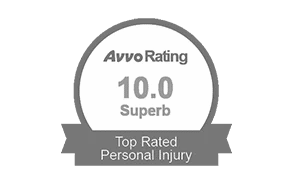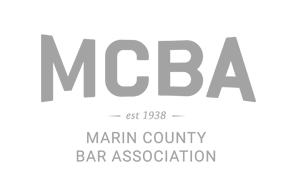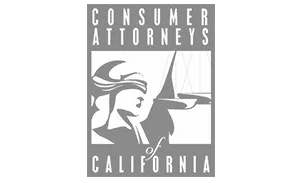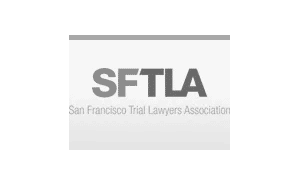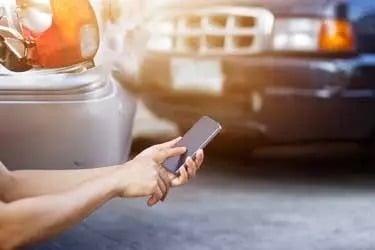
With services like Uber and Lyft increasing in popularity in California, there is also an increased risk of being involved in a collision with a rideshare driver.
The first question in your mind is probably: “An Uber driver hit my car. What should I do?” You are not alone, as many motorists will also wonder how to handle the situation.
Though these collisions are similar to other crashes in some respects, there is a specific set of laws that applies to Transportation Network Companies (TNCs), including Uber, Lyft, and other rideshare services. The impact of these statutes complicates such issues as liability, damages, and insurance.
You should discuss your specific situation with a knowledgeable Uber accident lawyer, but an overview may also be helpful.
Understanding Liability in Uber Accidents
With any motor vehicle crash, you need to be able to prove the essential elements of a claim based upon negligence:
- The other driver had a duty to exercise reasonable care in operating the vehicle;
- The motorist breached this duty of care by driving in an unsafe manner;
- The breach led to the accident in which you were injured; and,
- You sustained losses due to the injuries that you suffered.
Typically, you would seek compensation for your losses by filing a claim with the responsible motorist’s insurance company. California law requires all drivers to carry minimum auto insurance coverage to protect victims of motor vehicle accidents.
Much of the above is also true for Uber, Lyft, and other accidents with rideshare vehicles: Once you establish these four elements, you seek to enforce your right to compensation by filing a claim with an insurance company. However, the challenge with filing a claim for your losses after a TNC crash is how insurance enters the picture.
How Insurance Works for Rideshare Services
California’s law on insurance coverage for TNCs, which became effective in July 2015, Uber, Lyft, and other ridesharing companies must provide auto insurance liability coverage for all drivers.
The key factor is the driver’s status at the time of the collision. Therefore:
- When the driver is not logged into the Uber mobile phone app, there is no coverage at the TNC level. You must pursue the motorist through his or her personal insurance company.
- When the driver is logged in, but not yet accepted a request from a customer, the ridesharing company must cover any accident caused by their own driver’s negligence. The coverage amount is up to $50,000 per person and $25,000 for property damage.
- When the driver has accepted ride request and the customer is on-board, Uber provides liability coverage up to $1 million.
What to do After an Uber Accident
Your health is your first priority, so seek proper medical care appropriate for your level of injury.
For life-threatening injuries, excessive bleeding, or possible head trauma, call 911 and/or head to the emergency room right away. You may visit an urgent care center for less severe injuries that still require same-day care.
Even for minor injuries, it is important to make an appointment with your primary care physician within 2 days after the accident.
Addressing your medical treatment may dictate how you go about additional steps on what to do after an Uber crash, but other important tasks include:
- Assess Property DamageIf your vehicle suffered damage in the Uber crash, take a look around it and determine whether or not you can drive away. When in doubt, call a tow truck, as damage to your car may present a safety hazard.
- Exchange Information with All Involved MotoristsGet basic information from the ridesharing driver, including contact details, driver’s license, registration of the car, and insurance information.If there were other drivers involved in the accident, make sure to get these details as well. You should also obtain all details regarding the motorist as a registered driver for the TNC.As you can tell from the above description, it is critical to confirm whether or not the Uber driver was logged into the mobile app at the time of the crash.
- Gather Evidence From the SceneUse your cell phone camera to take pictures of your own car and all other vehicles. You should also capture images of the scene of the accident and surrounding conditions, including traffic lanes, signals, signage, and any other factors that you think could be relevant.Note any stores, restaurants, banks, or other businesses near the scene. If they have security cameras installed, the footage could be useful to your claim.
- Talk to WitnessesIf anyone saw the Uber accident happen, they may be important as witnesses in determining fault. Speak with other drivers, bicyclists, pedestrians, and bystanders about what they observed. Jot down the names and contact information, as well as a summary of their statements.
- Write Everything DownIn the immediate aftermath, take time to document everything you can remember about the accident. Write down where you were going, coming from, and weather conditions. Also, include the time of day and any relevant details about traffic. If there were multiple lanes, note which one you were in and the location of the Uber driver’s vehicle.You should even create a drawing about how you think the Uber accident happened. This information will be very useful in helping refresh your memory about the crash.
- Contact an Uber Accident AttorneyAs soon as possible after the Uber crash, reach out to an auto collision lawyer who focuses on ridesharing incidents. There are many unique questions and factors involved with these types of crashes, details that even seasoned attorneys may not know unless they have considerable experience in accidents with TNCs.
Consult with Our Experienced Uber Accident Lawyers About Your Claim
Though a collision with a TNC is unique in some ways, there are many factors that these incidents share with other car accidents. Liability is central to ensuring you get the compensation you deserve, whether from the individual Uber driver, the ridesharing company, or both.
For more information on your rights and remedies, please call 415.569.7495 to reach the offices of The Wakeford Law Firm. You can also go online to set up a free, no-obligations consultation to learn more about how these cases work.
How useful was this post?
Click on a star to rate it!
Average rating 0 / 5. Vote count: 0
No votes so far! Be the first to rate this post.

